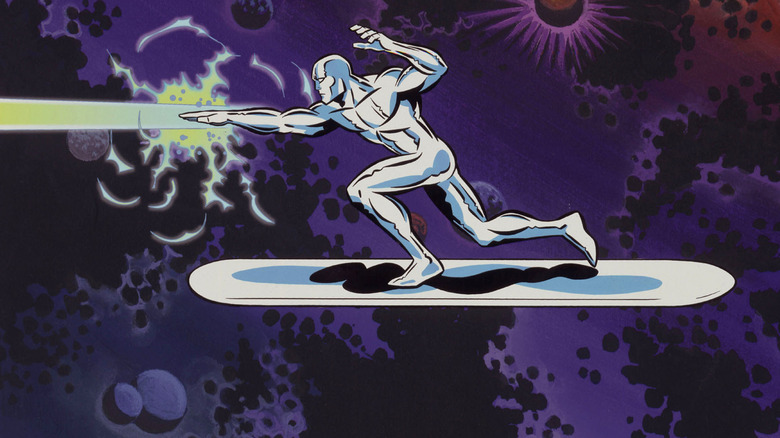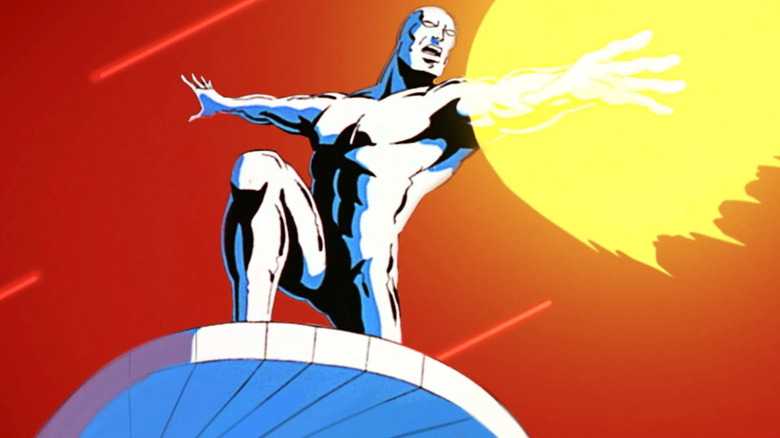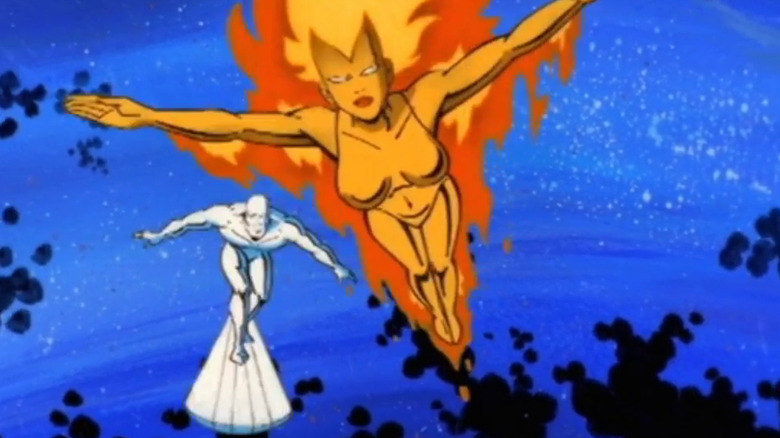Marvel Comics frequented on the frequently animated television field, starting in 1966 with the anthology series “The Marvel Super Heroes”. The following year, Hanna-Barbera made an animated series “Fantastic Four”, and the company had left for races. Marvel’s programs, however, only met with appropriate successes and popularity. Many young people remember the famous television series “X-Men” from 1992, but less probably remember the 1979 series “Fred and Barney meet The Thing” or shows “Fantastic Four” and “Iron Man” from 1994.
Advertisement
It is important to remember that the popularity of “Spider-Man” (1994) and “X-Men: Evolution” (2000) are aberrations. Most of the Marvel animated programs have historically collapsed. After the beginnings of the Marvel cinematographic universe, the pure volume of Marvel Animated Match has increased exponentially, and now it is difficult to keep all this. Many, many lively, good and bad shows, have somehow dropped through the meshes of the net. Many are still waiting for rediscovery.
Example: In 1998, Larry Brody developed Stan Lee and Jack Kirby’s Cosmic Adventurant The Silver Surfer in a cartoons of Saturday morning very stylized and written broadcast on Fox Kids. The series used a Cel and CGI animation combination to look like the original artistic style of Jack Kirby, sporting thick dark shadows and designs of daring and sharp characters. The series felt classic, listening to the daringly philosophical era of the psychedelic of the 60s and the 70s of Marvel. There were references to Isaac Asimov. There were complex science fiction stories and a down-by tone that was strangely attractive, and certainly more sophisticated than Marvel stories on other shows.
Advertisement
The classicism of the show can be attributable to part of its writing staff. Harlan Ellison is credited as a writer in an episode, just like DC Fontana, the long -standing contributor of “Star Trek”. “Silver Surfer” had the same atmosphere as the episodes of “Star Trek”.
See! The psychedelic and retro silver surfer cartoon
For those who did not know the character, the silver surfer was an ordinary humanoid who was kidnapped by a cosmic planet cosmic semary called galactus to be his herald. Galactus absorbed inhabited planets to stay alive, and the silver surfer, who could travel several thousand times the speed of light, would warn people that his boss came to wipe them. His body was transformed into a form without relief and silver, and it could redirect energy through his body in massive quantities.
Advertisement
The original Silver Surfer comics written by Jack Kirby came when Marvel Comics was more melodramatic and demonstrative (a lot of “Conhellue! My Power!” – Speech in style). Silver Surfer treated the depth of the cosmos and was often introspective, especially when he thought of the life he lost when Galactus assimilated him. The “Silver Surfer” stories were traditionally deep and philosophical.
And who better to write these types of stories in a cartoon show than Harlan Ellison and DC Fontana? Ellison, many science fiction fans perhaps know, was the author of Stories like “I don’t have a mouth and I have to shout,” And “Repent, Harlequin! said the ticktockman.” He was also the author of the classic “Star Trek” Episode “The City On The Edge of Forever” (April 6, 1967). This is the episode in which Kirk (William Shatner) is sent back in time in the 1930s when he fell in love with a local woman named Edith (Joan Collins). Kirk finally learns, however, that Edith is intended to die soon, and that his death will determine, very round, the result of the Second World War. Kirk must let it die in order to restore history.
Advertisement
Ellison appeared with the history of the “Antibody” episode (April 11, 1998), in which the surfer (Paul Essiembre) must carry out vital surgery on Galactus, something that he is ethically marked.
DC Fonata and Star Trek
The late Grand DC Fontana was a long -standing veteran of “Star Trek” starting with the original series in the 1960s, after which she was editor -in -chief of Story. She also wrote ten episodes of the series, as well as an episode of “Star Trek: The Animated Series”. She stayed with the franchise for many years, continuing with “Star Trek: The Next Generation”, for which she wrote the pilot episode and four other episodes. She was sadly famous with a bonus by Trek Creator Gene Roddenberry. His latest Trek credit came in 1993, writing the episode “Deep Space Nine” “Dax” (February 14, 1993).
Advertisement
His episode “Silver Surfer” called “The Forever War” (May 29, 1998) and followed the surfer in a pocket dimension occupied by the powerful space warrior Adam Warlock (Oliver Becker). The surfer had to become entangled in a war involving the extraterrestrials with blue skin, the Kree. Naturally, he ended up helping Adam Warlock, despite the propensity for the latter’s violence. It is a story to question the value of war and the need for violence. These are classic “Star Trek” stuff.
“Star Trek”, of course, was still at the top in 1998, with “Star Trek: insurrection” in theaters, and at the same time “Star Trek: travel” and “Deep Space Neuf” which are going well. The world did not suffer for thoughtful science fiction stories. It is strange, however, that “Silver Surfer” has managed to draw from the grandiosity of the infinite cosmos better than the relative soap-opera of modern trek. If we want a little success of classic science fiction from the 60s, you don’t have to come back further in time than 1998. “Silver Surfer” is currently available on Disney +.
Advertisement








